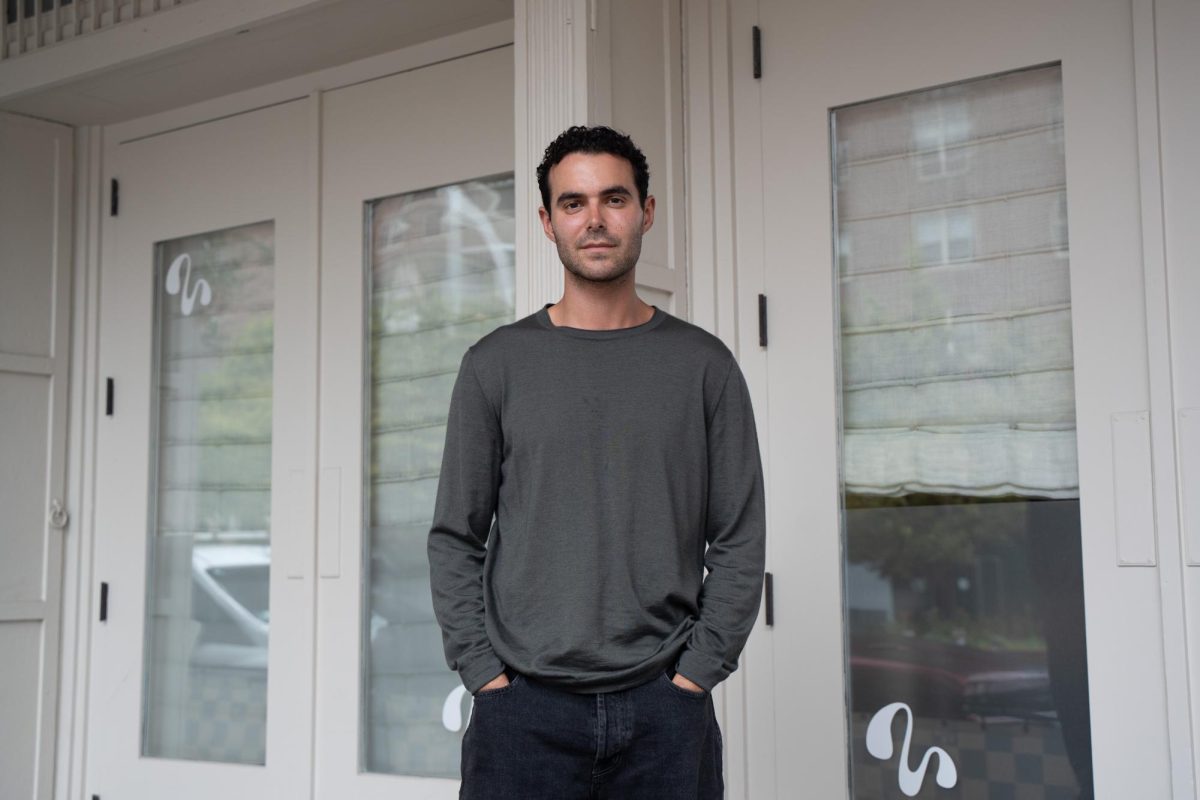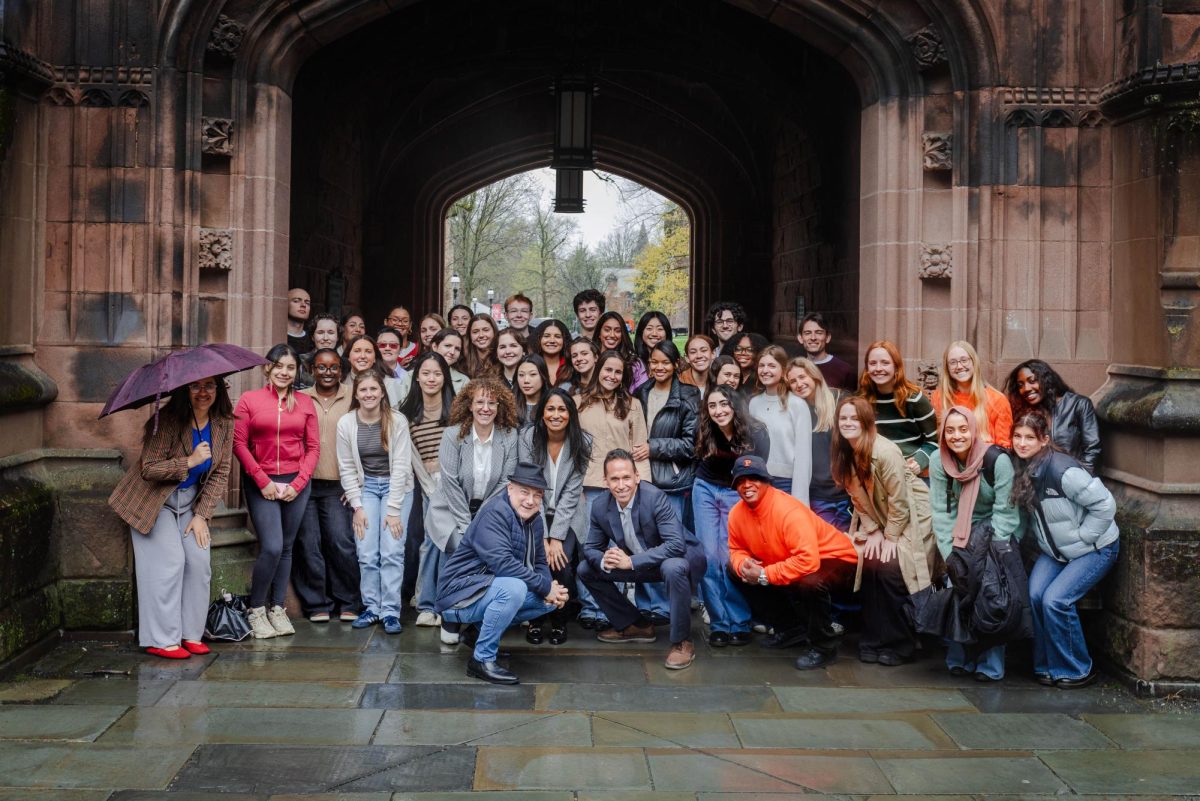Wide-eyed, fresh-faced and new to the city, NYU students arrive on campus with dreams of the quintessential New York City apartment, only to meet landlords eager to exploit their inexperience. At NYU, off-campus living horror stories are almost a rite of passage. Yet, I wince as my classmates recount their landlord nightmares. I nod along, waiting for the opportune moment to chime in with my sophomore year apartment experience.
My roommates and I moved in on Sept. 1. It was the day our lease started, and we were buzzing with excitement to claim our first real apartment. We reached the door ready for a new chapter — the superintendent even left the door open just for us, to welcome us home. As we entered the apartment, we tried shutting the door behind us. Not only did the door not lock, it couldn’t even close. A bad omen — and only the beginning of our apartment’s unraveling. Tiles crumbled in the bathroom, every room had faulty lights, the fan refused to work in the late-summer heat, the laundry machine leaked and, worst of all, there was an established mouse colony behind the dishwasher.
It was only a few weeks ago that, when looking at our old apartment’s blueprint, my roommates and I discovered that two of its three so-called bedrooms were too small to have been legally marketed as such.
No student should be taken advantage of in the same way we were. With over 64% of students living off campus, it’s critical that we arm ourselves with the knowledge to defend our rights as tenants. The city’s Title 27 chapter on this subject is often dense, overwhelming and downright hellish to get through, so here’s a quick guide summarizing its most relevant content.
What is your landlord responsible for?
First and foremost, it is the landlord’s duty to keep the premises in good condition — if anything that came with the apartment is broken, it is their responsibility to fix it.
Beyond basic repairs, your landlord carries a host of other responsibilities pertaining to general building maintenance. For instance, landlords must provide carbon monoxide and smoke detectors for every apartment in buildings with three or more units; however, it is the tenant’s responsibility to test the detectors monthly and replace their batteries twice a year.
Landlords are also required to fix any lead-based paint hazards identified by the tenant. They are responsible for ensuring that each apartment not only has hot water at all times, but stays at a comfortable air temperature as well. Each apartment must be heated to at least 62 degrees between 10 p.m. and 6 a.m., and when outside temperatures are below 55 degrees between 6 a.m. and 10 p.m., apartments must be heated to at least 68 degrees.
Your landlord should be carrying out annual mold inspections in your apartment, and maintain proper safety protocol during construction. In case any of these standards aren’t met by your landlord, tenants are encouraged to call the number 311 to report any hazardous or poor conditions and seek remediation.
Navigating building maintenance
Any building with at least nine apartments must have a super who either lives on site or within a block and/or 200 feet away from it as per New York City’s housing maintenance code. If a building has less than nine units, the landlord must either hire a maintenance person or perform the duties themself. Supers generally have a set of master keys to ensure they can conduct repairs in each apartment in the building, and must give tenants a 24-hour notice before entering their home — unless it is an emergency.
The landlord must post the building’s maintenance officer’s name and contact information in a common area. If you have issues that aren’t being resolved, it’s crucial to call the officer or the super first.
If, after alerting the building’s maintenance officer, the problem still persists, you should file a complaint to the New York City Department of Housing Preservation and Development using this link or by calling 311. The HPD will tell your landlord to amend the issue; if your landlord ignores the HPD, they will send an inspector to the premises who will certify the violation and classify the issue. These classifications go from a non-hazardous Class A, which would need to be fixed within 90 days, a hazardous Class B which would need to be fixed within 30 days, and finally the immediately hazardous Class C, which must be fixed within 24 hours. Open violations incur fines for your landlord; however, if this still isn’t enough to bring your landlord to amend a violation, you can take legal action.
Navigating landlord harassment
Landlord harassment can take many forms — and furthermore is illegal. Examples of this include not offering you a lease renewal, attempting to threaten you into a buyout or failing to provide repairs. If this happens to you, it’s important to document what you can with photographs and preserve whatever written proof of landlord malpractice you have, then seek legal advice. For more examples of tenant harassment, view the HPD webpage.
Make sure you are getting what you are paying for
Don’t fall into the trap of paying for two bedrooms that are really glorified closets. By law, a legal bedroom must have a dimension of 8 feet in any direction and 8 feet high, with a minimum of 80 square feet. In apartments with at least three bedrooms, half the number of bedrooms — rounding down — can have a minimum dimension of 7 feet, though the other half must still adhere to the 8’ x 8’ x 8’ rule.
All of this boils down to one point: know your rights and exercise them. It’s essential to be proactive and aware so you don’t end up like I did — discovering legal violations months after move-out, or worse, stuck dealing with an infestation of bold, conquering mice. Don’t let your landlord have the last laugh. Advocate for yourself, educate yourself and make sure that your home is a place you’re proud to live in.
WSN’s Opinion section strives to publish ideas worth discussing. The views presented in the Opinion section are solely the views of the writer.
Contact Omar Drissi at [email protected].























































































































































